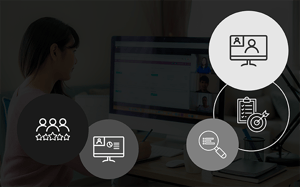COVID-19 has changed how we do business. The most obvious change is that more of your employees are working from home. The result is that you need to embrace the idea of having a remote workforce. Of course, that can be intimidating. Having remote teams poses many new challenges, one of which concerns how you measure team and individual performance.
It's a valid concern. And especially so if you're the type of business that has never had to deal with having a remote workforce. Fortunately, there are many processes that you can put in place that allows you to measure the performance of your team.
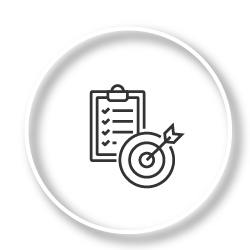
Set clear goals and deadlines for your remote workforce
If you want to be effective in dealing with and managing the performance levels of your remote workforce, it's critical that you first set expectations.
You can set these expectations by establishing clear goals and deadlines for any work that you give them.
Let's say, for example, you want your team to deliver on a specific project. If we consider this from a retail aspect, it could be to complete a batch of planograms for a product category for an essential retailer such as a grocery store by the end of May.
Of course, you can provide more details around the data and products that your space planners would need to use. And you should wherever possible.
That aside, by providing a clear goal and date, you’ve created little room for misinterpretation or uncertainty. Your team knows what they need to deliver to meet the expectations. What’s more, you can measure the output. That should provide you with comfort if you’re concerned about managing a remote team.
But that leaves a question about how you task your team in the first place.
The easiest way to do this is to use some form of specialised remote team management software that has a tasking function.
Within a tasking function, you can create a project that you can break down into separate tasks and distribute them amongst your team. Alongside that, you can set individual deadlines for each task and include any additional information that can help your team to complete the project on time.
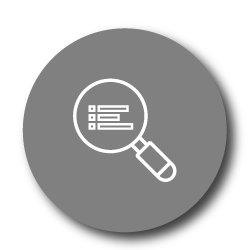
Track the progress of all tasks
Once you have set expectations and created your task, ideally you want to trust the people who you’ve tasked to get the work done on time and at the required standard.
But that doesn’t mean you should leave them to their own devices. You’d only need to consider the Tripod of Work, which we unpacked in this article. The tasking and trusting activities are only two parts of the whole. There is also a tending activity.
In summary, Tending is the process of monitoring or tracking the progress of work without interfering. And there are two reasons why you want to do this that we’d like to highlight.
Firstly, it allows you to be more efficient as a manager. If you can get a quick visual understanding of all tasks and work on the go, it’ll be that much easier for you. There will be less unnecessary stress since you can see where you need to check-in and where you can let your team carry on as normal.
For example, you have two separate teams, each working on a different project. But both are key to the success of your business. For Team A, you can see that everything is up to date and tasks have been completed on time. A glance at the work and you can see that everything is going as it should.
However, if you look at the project assigned to Team B, you might find that the first two tasks have had their deadlines changed. Or, one task is overdue. Because you have set criteria and assigned them to specific people, you know who you can contact to find out what’s happening. You can now also focus your attention on where you are needed most so that you can drive your business forward.
Secondly, you can monitor the capacity of your remote workforce. Are they overworking themselves - potentially burning themselves out - because you have assigned too many tasks to them? Should you reconsider how you distribute the work?
There is an additional benefit to monitoring their capacity. In doing so, you are fostering trust with your workforce, displaying that this is not only about output. Yes, you need the work done, but not at the cost of your employees’ mental wellbeing. An employee who trusts you is more likely to work harder, knowing that you have their best interests at heart.
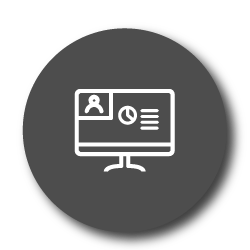
Monitor individual performances against your company
As much as you need to ensure the mental wellbeing of your teams, it’s important not to forget that this is all about measuring the performance of your remote workforce. Its gauging output instead of input.
One of the best ways to do that is to measure the output of your remote team, both as individuals and against your company as a whole. In doing so, you’ll have a clear understanding of whether or not someone is performing.
For this, you need to focus on those metrics that will allow you to do so. A key metric, for example, would be ‘Tasks Completed On Time’. Another would be ‘Tasks Completed First Time’. Both metrics measure whether or not an individual is consistently performing up to standard.
You could also include metrics that monitor how many tasks go overdue or how many deadlines have changed since the logging of a task. Then, with this information at hand, you can consider the average score of your company to understand where a specific individual stands in relation to their colleagues. Are they above or below the company average?
If they are below average, you can put measures in place to ensure that they improve their performance levels. After all, as much as you’d want to control the standard of performance, this should also be about finding blindspots and fixing them so that you have a more effective business.
Beyond the obvious monitoring of performances across your remote workforce, it’s worth pointing out that you also need to set your performance thresholds, something which you can do with Activ8. Doing so allows you to have better control over the performance of your entire business. It also allows you to drive transparency and accountability.
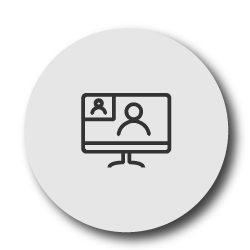
Incorporate post-work team reviews to monitor performance
Up until now, we have focused on everything that you can do to measure the performance of your remote workforce. However, if you want a holistic view of how well your team performs, you must open it up to others.
By this, we mean allowing other members of your team to rate the performance of their colleagues. You could set up a basic questionnaire that triggers after the completion of a task, be that in a project or separate and asks your team to rate their colleagues honestly.
Here’s why we say that: you might see the end product and sign it off, saying you’re satisfied with the result. However, you might not have the bigger picture, such as the fact that one of the team members was difficult to work with or was continually behind on work.
Of course, if you made regular spot checks to ensure the project was on track, the person in charge of the project might have informed you of this issue. But that is not to say that they would always tell you. Sometimes, they might want to push through the difficulties without informing you, thinking that it’s not that big of a deal to make a fuss about it.
Besides opening up team reviews to your staff, if the project is directly tied to a customer project, it would make sense for them to have the opportunity to rate your team too.
Similar to the way you could set up a questionnaire for your staff to answer, you could do the same for your customers. This time, you’d ask them to not only rate the quality of the work but also the customer service levels. Did your staff meet or exceed expectations? Did they fall short?
Regardless of the answer, you’ll be better placed to understand whether your work is of a high enough standard or not.
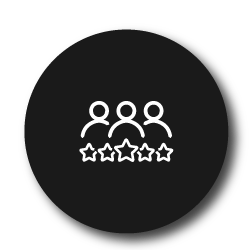
Provide regular feedback to your remote teams
While all of the above points refer to how you can monitor the performance of your remote team, we’re going to change tack here and say this: it shouldn’t only be about output.
We’ve already mentioned that, albeit briefly. But it’s with going into more detail.
To get buy-in from your staff - and especially a remote workforce - you must communicate with them and provide regular feedback. That includes check-ins to hear how everyone is coping with workloads and if there are any concerns that anyone has.
Let’s put that into context, using today’s current business environment as an example. Everyone is concerned about job security and the effect that COVID-19 will have on their life going forward. But you can ease this concern to some extent by having regular check-ins and have an open communication policy.
In some ways, it forms part of Tending activity in the Tripod of Work as you’re checking in with people. But it’s more than just checking in. By including a human element to your business - connecting to people - you can build trust. In building trust, you can create a workforce that wants to go the extra mile to complete the work. And at a high level.
What’s more, providing regular feedback allows your team to understand that their work matters and makes an impact on the success of the business. They’ll also have a better idea of what and where they need to improve to ensure continued success.
Conclusion
Activ8 is team management software designed for retailers, suppliers and professional service firms who need to manage their remote workforce. With Activ8 software, you can drive transparency, accountability and structured management across your teams when transitioning to the remote work model.
Sign up to Activ8 here and you’ll get free and unlimited access to the platform for the first four months. Your first 20 users are free ongoing.


